The peace push to end the war in Ukraine has entered a critical phase, as negotiators attempt to rewrite a controversial United States peace proposal that initially alarmed Kyiv and major European capitals.
What began as a 28-point draft presented by the Trump administration last week has now been condensed and adjusted in Geneva, with the disagreements including territory concessions, future security arrangements, Ukraine’s military structure, and the handling of Russian assets frozen abroad.
Ukrainian President Volodymyr Zelenskyy acknowledged on Monday that the document had undergone changes following deliberations in Switzerland, noting that the framework now includes “correct” aspects.
However, he pointed out that the most contentious elements would be addressed only in his upcoming discussions with US President Donald Trump.
What we know of the revised framework
After meetings in Geneva on Sunday, US and Ukrainian representatives announced the development of what they called a “refined peace framework.”
Although they refrained from sharing specifics, officials familiar with the process described efforts to reduce the number of points, streamline language, and incorporate feedback from Kyiv and European governments that had reacted sharply to the original American outline.
Zelenskyy said his team briefed him on Monday about the updated steps, calling the adjustments “the right approach.”
At the same time, the Ukrainian leader warned the public to be vigilant as Russian attacks were expected to continue.
As he put it, “there must be no missiles, no massive strikes on Ukraine and our people” if peace talks were to proceed, adding that preventing such attacks required the involvement of “those who are strong in the world.”
In a post on Truth Social, Trump wrote, “Is it really possible that big progress is being made in Peace Talks between Russia and Ukraine??? Don’t believe it until you see it, but something good just may be happening.”
Later, from the White House podium, spokesperson Karoline Leavitt stated that only a “couple of points of disagreement” remained unresolved and expressed confidence that both sides could overcome those differences.
She made clear that while the administration wanted a swift deal, no meeting between Trump and Zelenskyy had yet been scheduled.
The American proposal has undergone shifting interpretations within Washington itself. Throughout the summer, US strategy appeared to pivot: Trump’s sudden meeting with Russian President Vladimir Putin in Alaska had raised fears that Washington might be ready to accept several Russian positions.
Although that meeting ultimately led to firmer US pressure on Moscow, concerns resurfaced when the new peace outline emerged.
Several U.S. officials, as well as Ukrainian and European governments, were reportedly caught off guard by the degree to which the document resembled Russian preferences.
The unease intensified when the initial draft required Ukraine to relinquish land, accept restrictions on its military, and permanently renounce Nato membership — conditions Ukrainian authorities have long labelled unacceptable and which many European states view as destabilising for the continent.
How Europe framed its own counter-framework
Alarmed by the initial draft, European governments quickly assembled their own counter-framework.
According to a version reviewed by Reuters, their proposal called for halting fighting along the current lines of contact, postponing territorial issues for future negotiation, and establishing a US-led security guarantee analogous to Nato’s collective defence mechanisms.
Moscow immediately refused the European approach, with Kremlin foreign policy adviser Yuri Ushakov saying the plan “is completely unconstructive and does not work for us.”
While European leaders welcomed the fact that Ukraine and the United States had succeeded in narrowing some differences in Geneva, they stressed that the process remained fragile.
Germany’s Chancellor Friedrich Merz, speaking from Luanda on the sidelines of an EU-African Union summit, described the results of the Geneva session as an “interim result.”
He said he believed Trump had shown willingness to consider a peace plan developed jointly with European states, but cautioned that “peace in Ukraine won’t happen overnight.”
Poland’s Prime Minister Donald Tusk said any agreement must avoid weakening Ukraine or Europe, adding that it was vital to keep the United States aligned with European aims rather than alienating the Trump administration.
Finland’s president, Alexander Stubb, who spoke with Zelenskyy on Monday, wrote on X that although talks had moved forward, “there are still major issues which remain to be resolved,” stressing that any questions related to the EU or NATO would be handled separately by their member states.
Some Ukrainian officials expect Zelenskyy to visit the United States soon to consult directly with Trump on the most contentious elements of the revised framework.
The disputes at the centre of the Ukraine peace push
Territorial concessions
The US proposal asks Ukraine to give up parts of the Donbas region that it still controls — approximately 11 per cent of the territory — including fortified locations that Russia has failed to capture after nearly four years of full-scale war.
According to the original US outline, the United States would recognise the surrendered areas as Russian territory, but they would be designated a demilitarised zone from which Russian troops would be excluded.
The remainder of the Russian-occupied Donbas would be recognised as Russian in practice.
For Ukraine, these conditions are profoundly difficult. On Monday, Zelenskyy said the major issue with the multi-point plan was Russia’s requirement for global legal recognition of the territory it seized.
He reiterated that allowing borders to change forcibly undermines foundational European principles.
Ukrainian officials insist that giving up land would enable Russia to launch fresh assaults later. European leaders have argued that any negotiations should begin with a cease-fire along current battle lines, rather than territorial concessions.
Russia, however, has signalled interest in the American plan. State media quoted Putin on Monday as saying that the US proposal, “in their current form,” could serve as the basis for an agreement.
Ambiguous security guarantees & Nato restrictions
The American draft promises that if Russia launched new attacks, the US and several European governments would mount a “decisive coordinated military response.”
However, the document does not specify what form that response would take, nor the extent of US engagement. This vagueness has concerned Ukrainian and European officials, who worry that an guarantee might fail to deter Moscow.
The proposal also prohibits Ukraine from joining Nato and prevents Nato military personnel from being stationed in Ukraine.
While Kyiv acknowledges that Nato membership is unlikely in the immediate future, the country’s constitution still cites Nato accession as a long-term objective.
European negotiators are pushing for the text to include a provision enabling them to deploy a reassurance force to Ukraine after a peace arrangement is reached.
They maintain that any such force would neither operate under Nato command nor be present in Ukraine during peacetime — an attempt to navigate Russian sensitivities while enhancing deterrence. Moscow has opposed this idea.
Officials familiar with the Geneva discussions said that topics involving Nato and the EU had been set aside temporarily so that Ukrainian, American and European representatives could focus on areas where consensus might be achievable.
Limits on Ukraine’s future military
The US draft sets a peacetime ceiling of 600,000 personnel, whereas the European proposal suggests a limit of 800,000.
Zelenskyy said in January that Ukraine had approximately 880,000 active-duty personnel, but maintaining such a large force after a peace settlement would require resources that Ukraine’s strained budget may not support without substantial external assistance.
The American plan does not include limitations on Russia’s military, a contrast that has drawn concern from Ukrainian officials. They argue that without comparable restrictions, any cap on Ukraine’s forces would leave it at a disadvantage.
Despite these concerns, some analysts note that the Ukrainian military was significantly smaller before 2022, and that sustaining an extremely large standing force during peacetime could burden the country’s finances.
Even so, Ukraine insists that any limits must be paired with credible long-term support from Western states.
Frozen Russian assets & reconstruction funding
The question of how to handle the nearly $300 billion in Russian state assets immobilised in 2022 remains unresolved.
The US wants to use the funds for two purposes: reconstruction in Ukraine and joint US-Russia investment projects. However, the majority of the assets are held within the European Union, whose sanctions regime dictates that major decisions must involve all member states.
European governments prefer to devote the entirety of the frozen assets to Ukraine. They are working on a loan arrangement backed by the assets, intended to support Ukraine’s financial needs over the long term.
European officials stressed over the weekend that no decisions could be made without direct EU involvement.
Zelenskyy repeated on Monday that Europe should ensure that Russia pays for the damage caused by its invasion. “Keep pressure on Russia, Russia is still killing people,” he said, urging European institutions to act decisively.
What next
Events on the battlefield continue to overshadow diplomatic discussions. On Sunday, a significant drone strike hit Kharkiv, killing four people.
Across the border, Russia announced that it had shot down 10 Ukrainian drones en route to Moscow. A day earlier, a Ukrainian drone strike caused power outages for thousands near Moscow — an unusual reversal, as Russian strikes routinely inflict blackouts on millions of Ukrainians.
As peace efforts accelerate, high-level diplomatic movements have increased. According to the Financial Times, US Army Secretary Dan Driscoll arrived in Abu Dhabi on Monday for discussions with the head of Ukraine’s military intelligence and a Russian delegation.
Driscoll and Russian representatives reportedly began their talks the same evening, indicating that negotiations are unfolding across multiple locations.
European, American and Ukrainian officials also held virtual and in-person meetings on Monday as they attempted to clarify the remaining points of disagreement.
Several EU leaders gathered on the margins of the summit in Luanda, while others joined remotely, reflecting the broad commitment to staying informed throughout the process.
For Zelenskyy, the quest for compromise remains central. Speaking via video link from a meeting of Ukraine’s allies in Sweden, he said, “We all continue working with partners, especially the United States, to look for compromises that will strengthen but not weaken us.”
With inputs from agencies


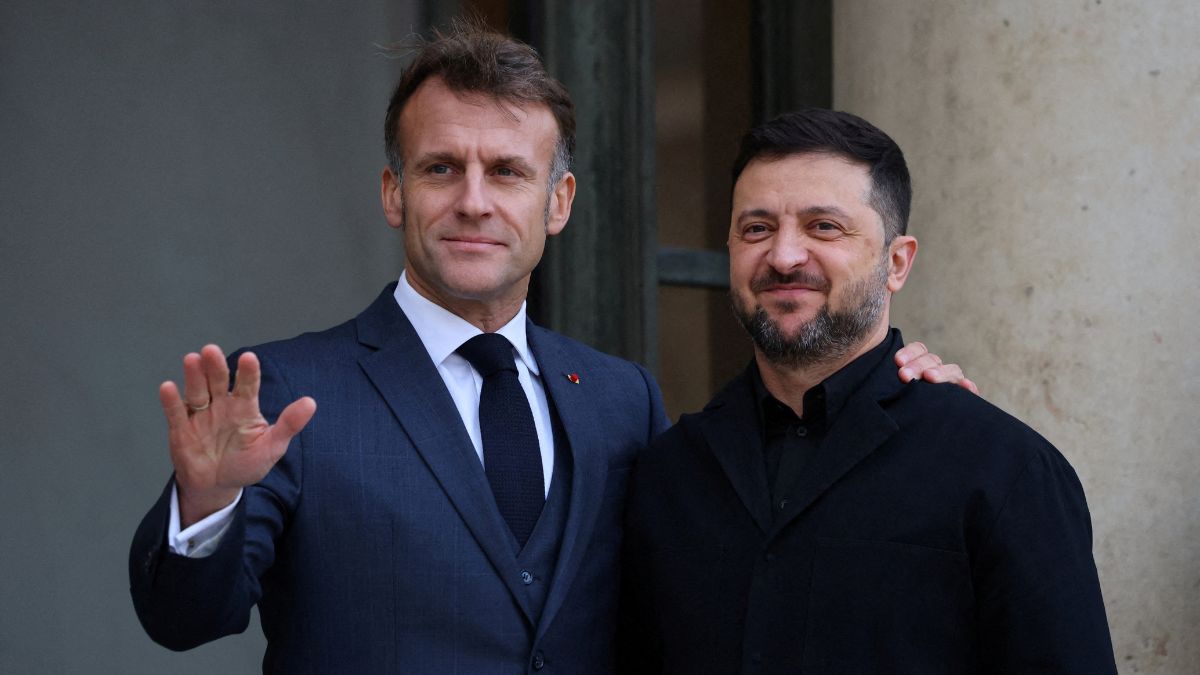)
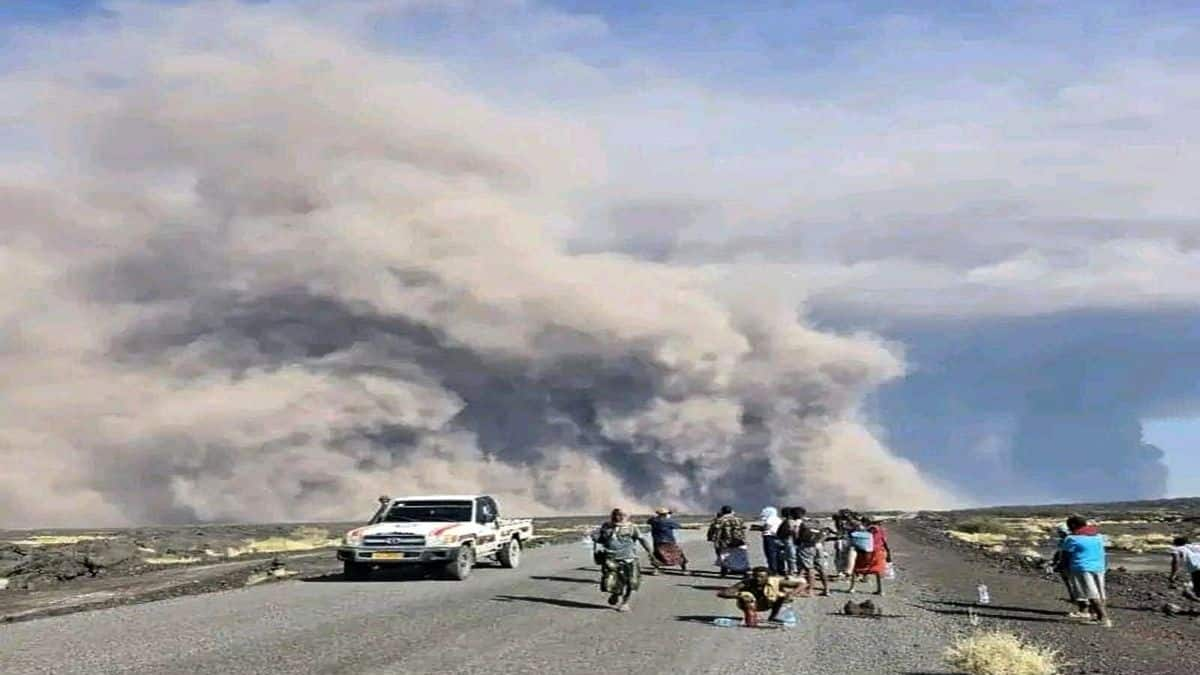
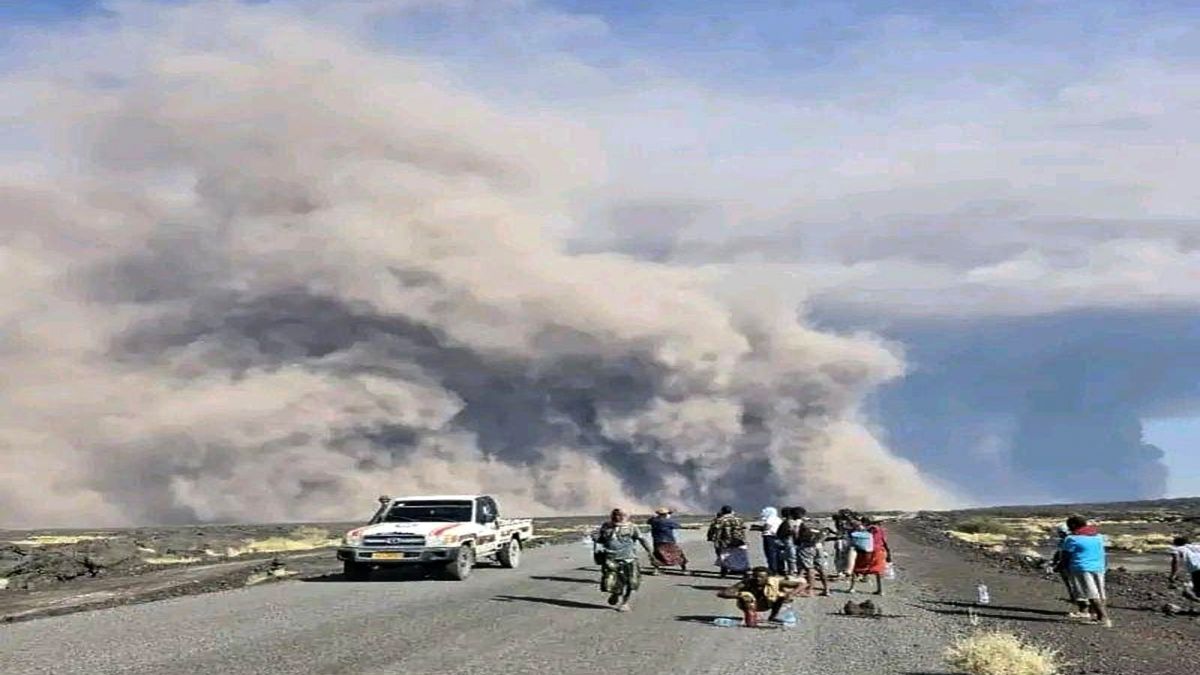)
)
)
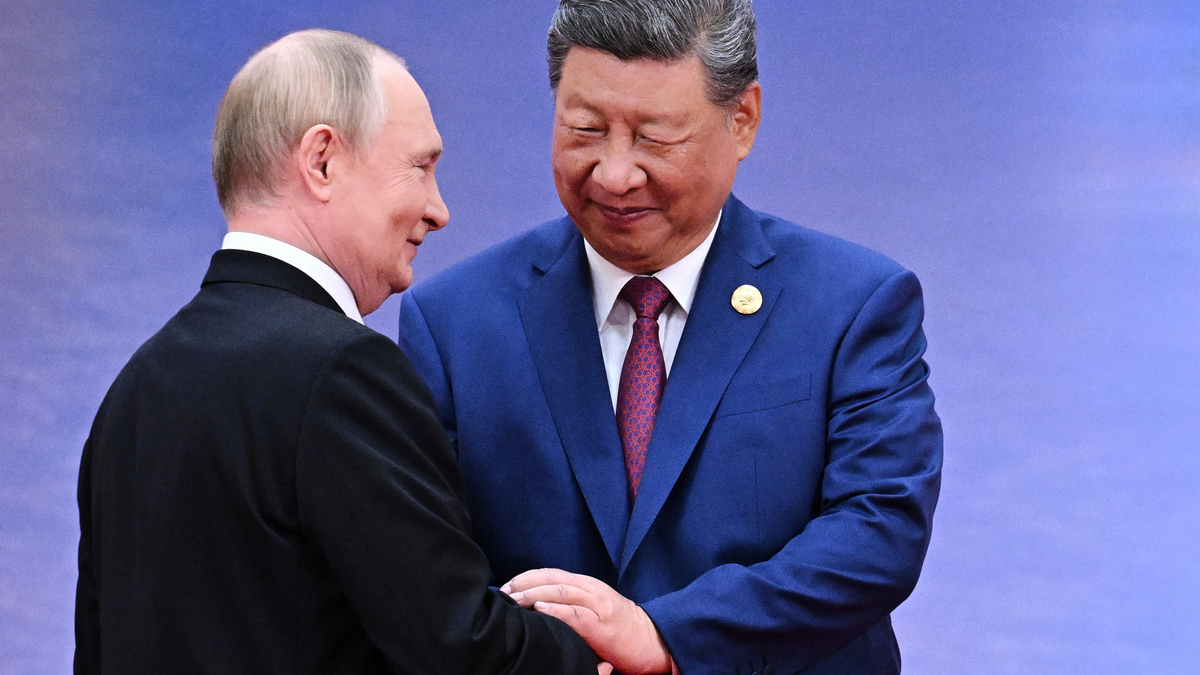)
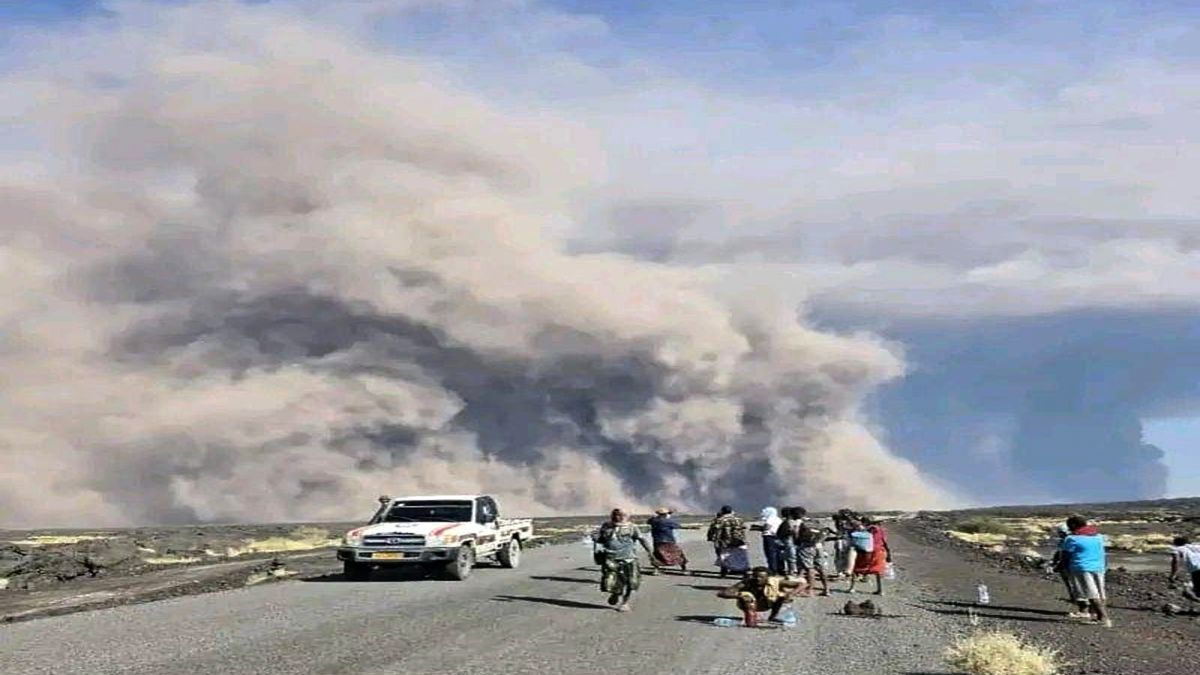)
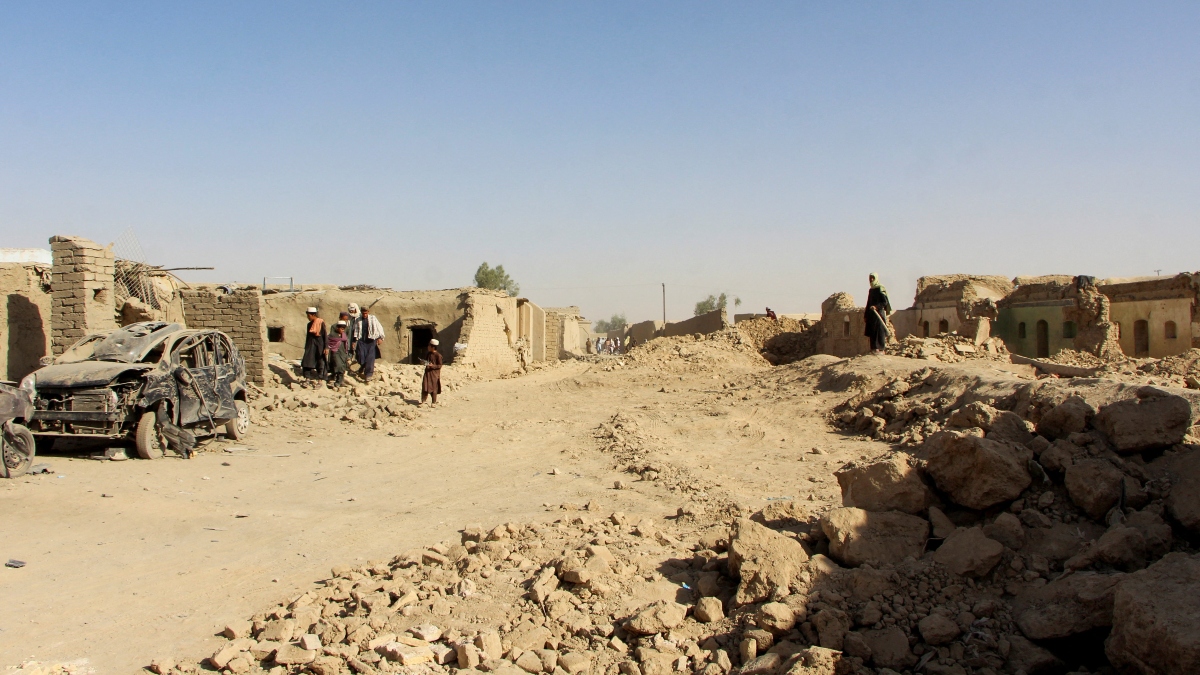)
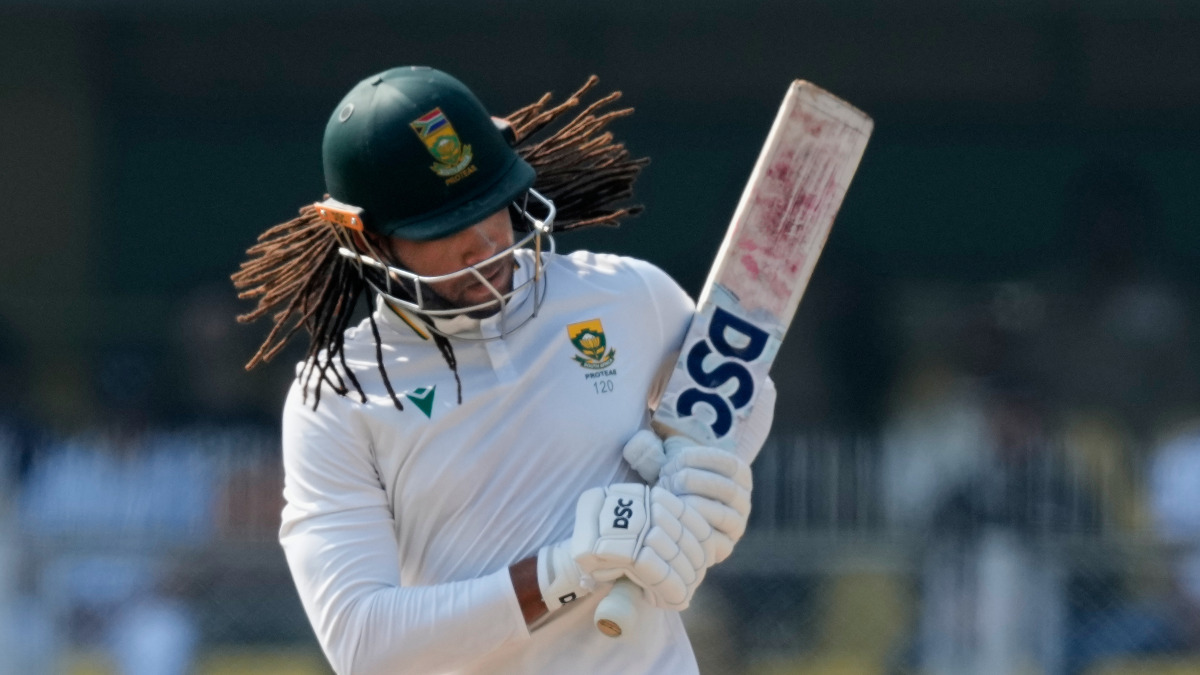)
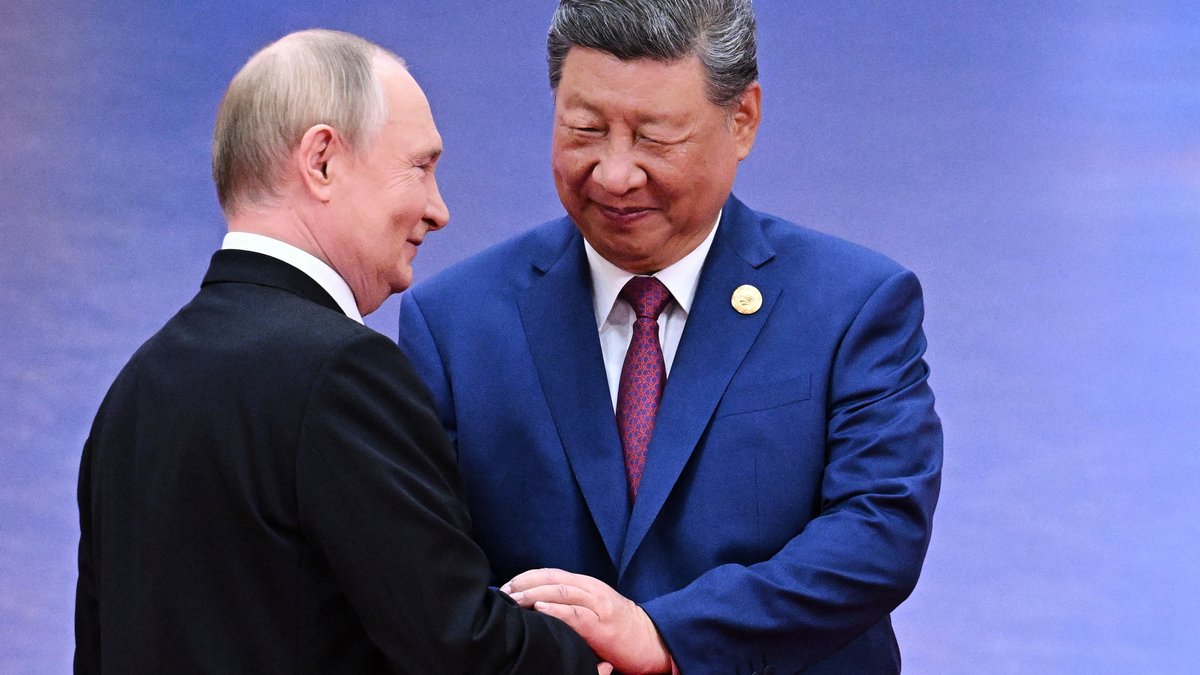)



